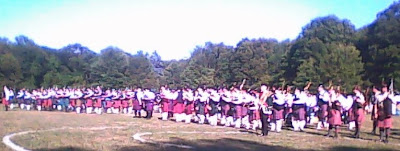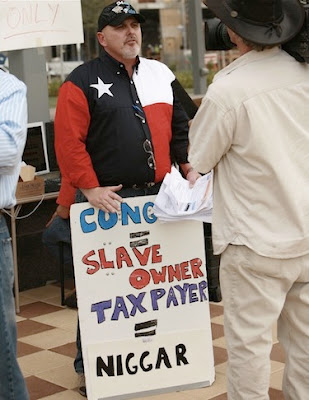Every so often, the Christian church is faced with uncomfortable realities when we realize that we’ve been on the wrong side of an issue. In 1632, Galileo was placed under permanent house arrest for his “heretical” view that the earth revolved around the sun and not vice verse. At the same time, our Congregationalist ancestors were busy burning “witches” in Salem. As Charles Darwin proposed the theory of evolution, many Christians dug in their heels, preferring to believe that all of those fossils found in layers of rock were not evidence of biological change, but that they were placed there by Satan as a way to tempt people away from faith. Over the years, the church has supported anti-Semitism, defended slavery, and relegated women to second-class status – and used the Bible as the justification for all of these things.
The good news is that, despite periods of ignorance and denial, we have been able to come to terms with reality and to adjust to new understandings of science, culture, society, and faith. Each generation of the church has been able to look at the mistakes of the past, overcome them, and move forward. Having a strong, mature and honest faith requires that each generation continue to do so.
The current struggle within the Christian church is to come to terms with issue of homosexuality, a topic which has come to the front of our consciousness in recent weeks, with the suicides of six gay young people as the end result of their having been bullied by their peers. In my sermon on October 10, I reflected on the tragic deaths of Justin Aaberg, 15, Billy Lucas, 15, Asher Brown, 13, Seth Walsh, 13, Tyler Clementi, 19, Raymond Chase, 19, and how their sense of despair stemmed not only from the acts of individual bullies, but also from a wider social isolation and the sense that they couldn’t even find a safe place in the church. In my sermon, I went on to ask:
And where would they get that idea? They get it from churches like Westboro Baptist Church that famously pickets the funerals of AIDS victims, carrying vile signs declaring whom they believe God hates. They get it from televangelists who blame natural disasters on gays. They get it from groups like “Focus on the Family” that oppose anti-bullying legislation because they believe that it will promote what they call, “the homosexual agenda.” They get it from churches that declare “All are welcome,” on their sign, but indicate otherwise by their actions when a same gender couple sits down together. They even get that idea from churches like ours where, lesbian, gay, bisexual, transgender, and questioning folks would, and do in fact, find welcome, but where the church has yet to stand up, speak out, and declare boldly to the world that “These doors are open to you,” doesn’t have an asterisk and a list of exceptions. [The front doors of the church have large signs declaring "These Doors Are Open to You"-- ed.] I believe that there’s no asterisk – and I believe that you believe that there’s no asterisk – but how will they know if we don’t tell them?
After worship, I was mobbed by people who offered their support, many saying that it was time for the church to complete the Open and Affirming process that the church had begun prior to my arrival. They are, of course, right. It is high time for us to get around to formally deciding what we already know to be the case about our congregation, and then telling the world. After all, it doesn’t do anybody any good if we keep God’s inclusive love a secret that we only whisper within our church’s walls.
In the months ahead, our church will begin formulating a vision statement, looking at what we believe to be the unique ministry that God has called our church to undertake in this place and time. Part of that will certainly be making a formal statement about our belief in God’s boundless love and how we envision embodying that love with radical welcome and inclusion of all people, regardless of sexual orientation, national origin, physical ability, age, gender, socio-economic status, or any other factor. I’m looking forward to it!
















